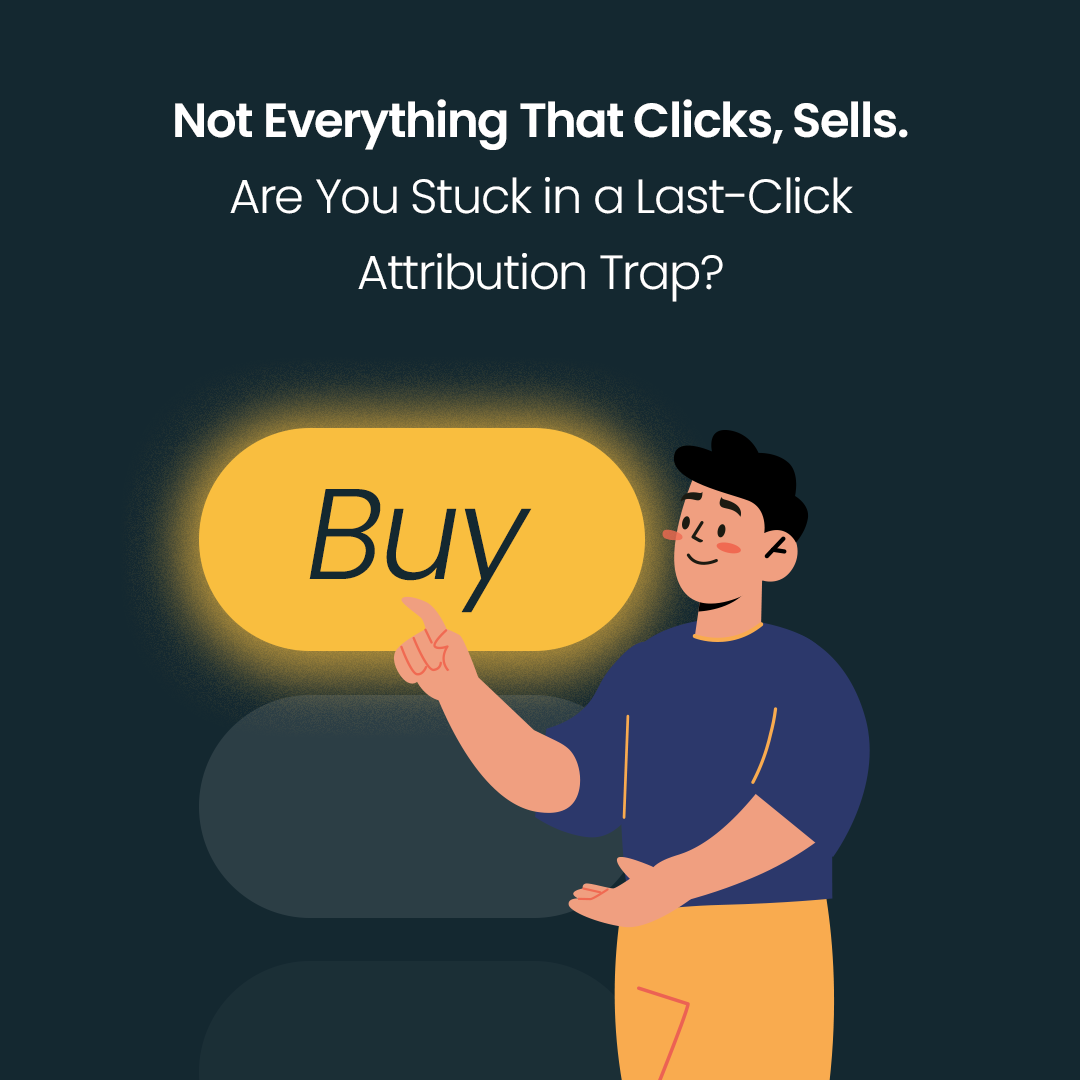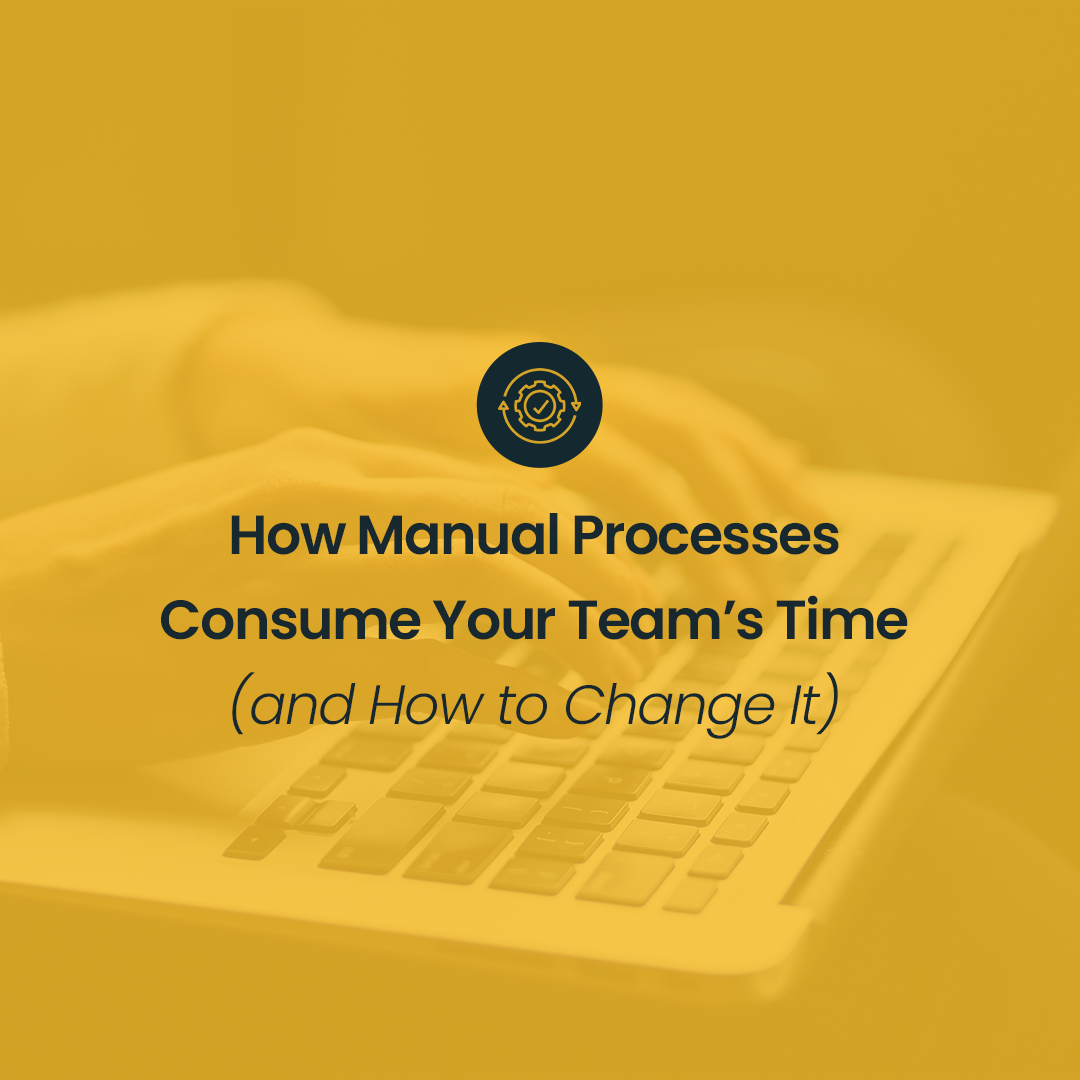Marketing budgets today can reach hundreds of thousands of dollars per campaign, making it essential to measure the impact of every investment. Marketers can monitor KPIs through daily reports or use advanced tools like A/B testing or Brand Lift Study (BLS). Here, we introduce Brand Lift Study in Display & Video 360—what it is, how to use it, and the benefits it offers.
What is Brand Lift Study (BLS)?
Brand Lift Study provides insights into how people perceive a product or brand. Do your ads resonate with customers? Do people remember your brand? What do they think about it? Brand Lift Study helps answer these questions.
How Does Brand Lift Study Work?
BLS uses a simple survey with one question and four answer options, including the advertised brand and selected competitors. This survey is shown to two groups:
Exposed group: Users who have seen the ad.
Control group: Users eligible to see the ad but who didn’t.
The study measures user interest at each stage of the marketing funnel with five key metrics:
Video Ad Recall: How many people remember seeing the ads.
Awareness: How many people recognize your product or brand.
Consideration: How many people are thinking about purchasing the product.
Favorability: How many people view your brand positively compared to competitors.
Purchase Intent: How many people intend to buy the product.
 These metrics offer insights into brand positioning beyond standard indicators like clicks, impressions, or views. They help marketers analyze ad performance from a fresh perspective, enabling better strategic decisions. With these insights, marketers can identify which part of the funnel needs more support or whether ad creatives need to be adjusted or replaced.
These metrics offer insights into brand positioning beyond standard indicators like clicks, impressions, or views. They help marketers analyze ad performance from a fresh perspective, enabling better strategic decisions. With these insights, marketers can identify which part of the funnel needs more support or whether ad creatives need to be adjusted or replaced.
How to Set Up a Brand Lift Study
To set up a BLS, ensure your account and ads meet eligibility requirements regarding ad type and spending.
Ad Types
Brand Lift Study is available for these Display & Video 360 formats:
YouTube
Demand Gen
Display
Video
Audio
Spending Requirements
Spending refers to the estimated budget for selected insertion orders within the first 10 days of the campaign launch or the BLS start date. The threshold varies by country category—you can find exact requirements in the DV360 Help Center.
How to Create a Brand Lift Study in DV360
Go to the advertiser panel.
In the sidebar menu, select Experiments → Lift Studies → Create New.
Select one or more insertion orders.
Choose the study type: Brand Lift.
Select the desired metrics.
Enter the product or brand name and list key competitors.
Choose the language, product type, brand vertical, and intended action.
Review the preview.
Create and launch the study.
Best Practices:
Start the study when the campaign launches.
Use new creatives that haven't been used before.
Tailor survey questions to the campaign objectives.
Low daily spending can disqualify your campaign from using BLS, so factor this into your budget planning, especially for the first 10 days.
What Are the Differences in Setting Up Brand Lift in Google Ads and DV360?
There are several differences in setting up a Brand Lift experiment in Google Ads and DV360:
In DV360, you can measure Brand Lift data for a wider range of ad formats than in Google Ads, including display, audio, YouTube Masthead, Lineups, and Shorts.
In DV360, you can set up Search Lift in just a few minutes, whereas in Google Ads, this process can take several days. Additionally, Search Lift is only available for select Google Ads accounts.
In Google Ads, Brand Lift is a separate, independent study, whereas in DV360, you can measure brand lift alongside A/B tests.
Understanding Brand Lift Study Results
Once the study begins and initial results come in, analyze the key metrics:
Absolute Lift: The percentage-point difference between the test and control groups, showing the direct impact of the ads.
Lifted Users: The estimated number of users whose brand perception changed due to the ads.
Cost per Lifted User: The cost of acquiring one user with a positive perception change.
Relative Brand Lift: The percentage change in brand awareness in the test group compared to the control group.
Headroom Lift: The potential for future growth based on increased brand recognition within the control group.
Summary
Brand Lift Study is a valuable tool for measuring brand awareness campaigns with custom metrics. It provides insights beyond traditional KPIs, helping marketers understand how ads influence audience perceptions.
If you have any questions about Brand Lift Study, reach out to us at hello@salestube.pl.
For more information on configuration or metrics visit the DV360 Help Center.






